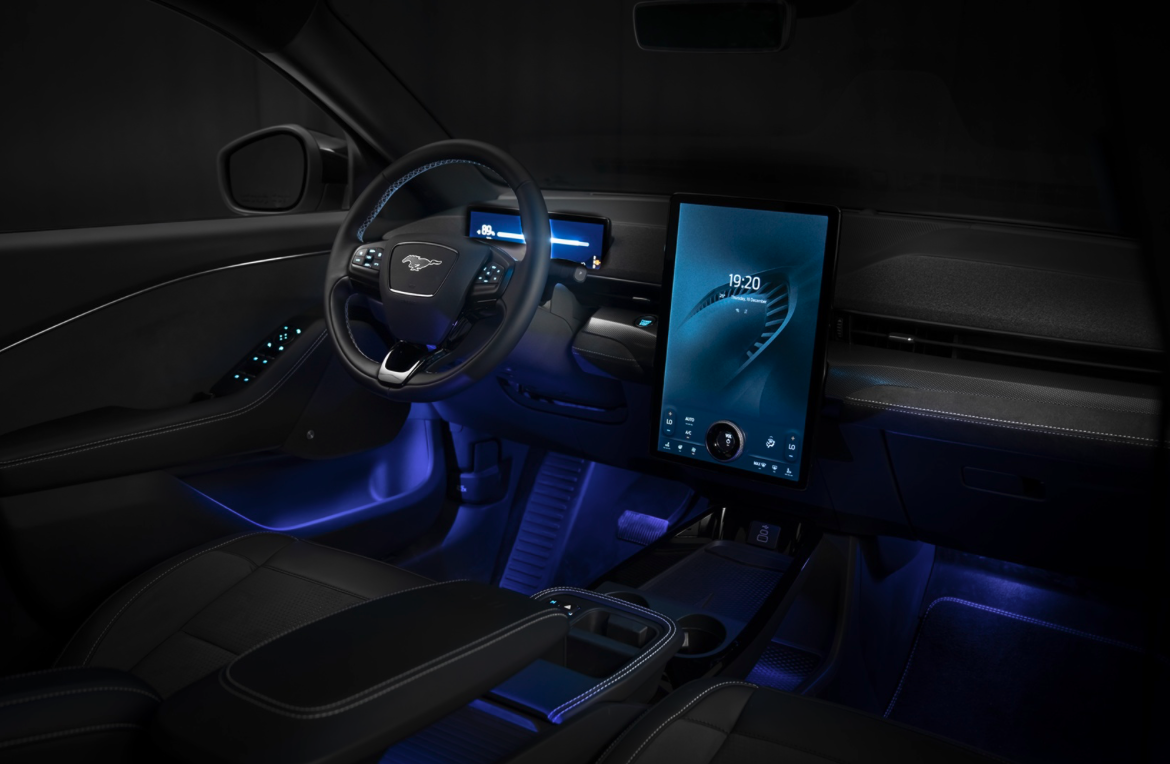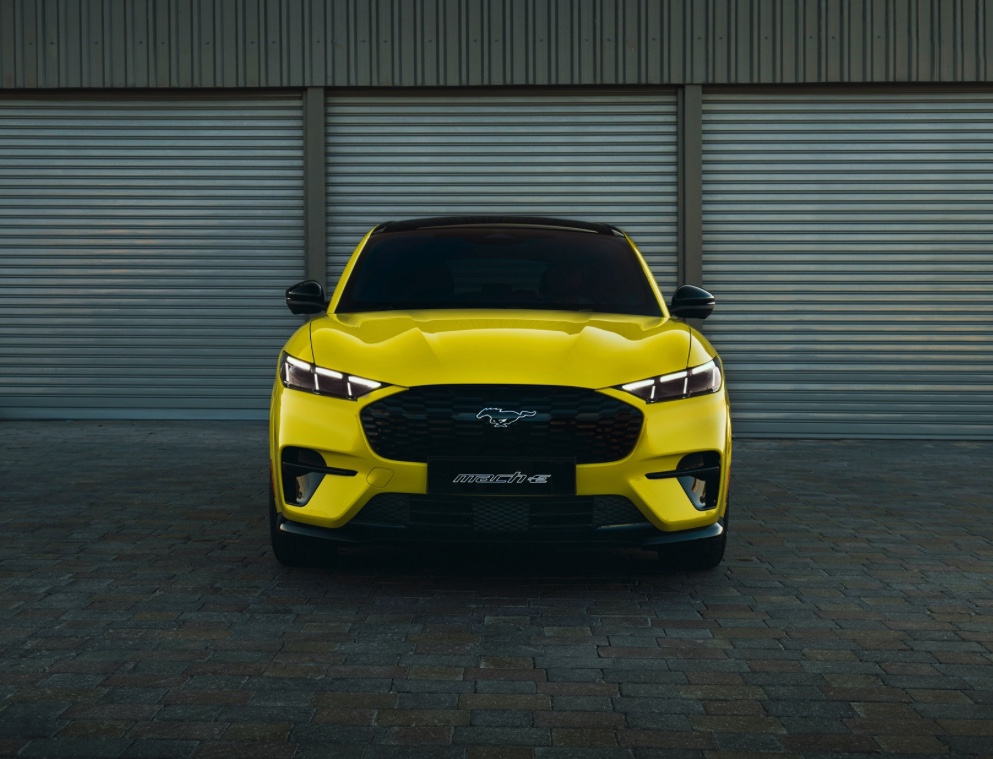Ford’s Mustang Mach-E is nearing its Middle East debut following an extended period of hot-weather testing in the UAE, where the company evaluated how its first mass-market electric SUV handles one of the most challenging environments for battery-powered vehicles. While electric models are increasingly common in temperate markets, their performance in regions defined by extreme heat, intense sun exposure and abrasive dust remains a key consideration for buyers and regulators. Ford’s testing program, conducted largely in Dubai, was intended to identify those pressure points and determine whether the Mach-E can operate reliably without performance loss in day-to-day regional conditions.
The vehicle underwent the same in-market testing regimen Ford typically applies to its combustion and hybrid lineup. That included repeated climbs along the steep, winding roads of Jebel Hafeet—an informal benchmark for evaluating cooling efficiency, power delivery and chassis behavior under continuous load. Electric drivetrains can experience reduced output or thermal throttling when components overheat, so tests like these help manufacturers understand how battery management systems respond when pushed hard in sustained high temperatures.

Ford’s Dubai-based engineering team also subjected the Mach-E to prolonged exposure to summer heat, direct sunlight, and the fine sand and dust that often infiltrate exterior seals and cabin components. According to the company, systems such as powertrain cooling, battery thermal management, and air-conditioning capacity were evaluated for durability and consistency. Of particular interest was the vehicle’s DC fast-charging performance during peak heat, as elevated temperatures can slow charging speeds to protect battery health. Ford reports that the Mach-E maintained charging rates similar to those seen in cooler climates during testing, though real-world performance will naturally vary by charger type, grid stability and user behavior.
Cabin cooling—an essential factor for comfort and safety in the region—was another focal point. The Mach-E’s air-conditioning system reportedly delivered performance in line with Ford’s better-known ICE models, an important metric considering the increased thermal load that EVs place on cooling loops already responsible for battery and power electronics management.

Company representatives emphasize the Mach-E’s connection to the Mustang nameplate, but the core question for many prospective buyers is how well an electric SUV can handle the Gulf’s day-to-day climate realities rather than how closely it aligns with its performance-car heritage. The testing described here suggests Ford is attempting to align expectations accordingly, positioning the Mach-E as a practical, temperature-resilient EV for drivers navigating extreme heat rather than as a purely symbolic extension of a legacy model.
Once deliveries begin, the Mach-E will enter a regional market where EV adoption is accelerating but still shaped by infrastructure maturity, consumer familiarity, and climate-specific concerns. Its success will depend less on branding and more on whether it can deliver consistent performance, manageable charging times and durable systems during the hottest months of the year.






